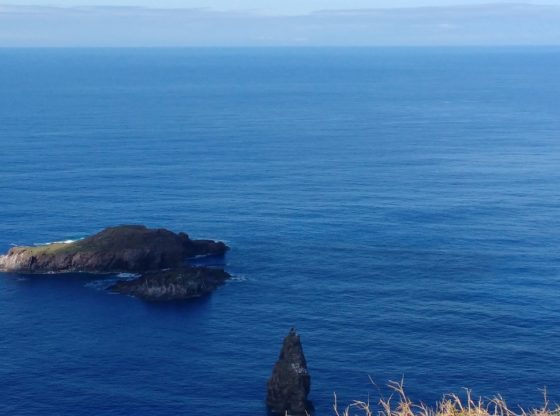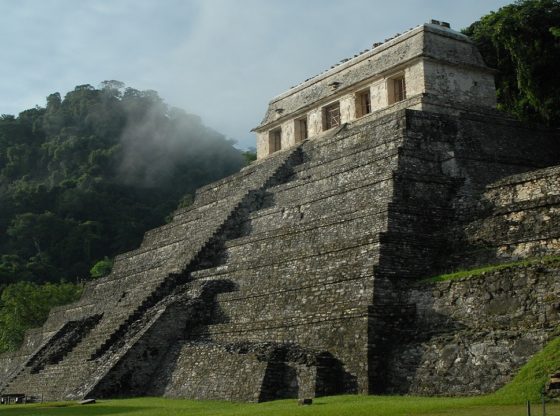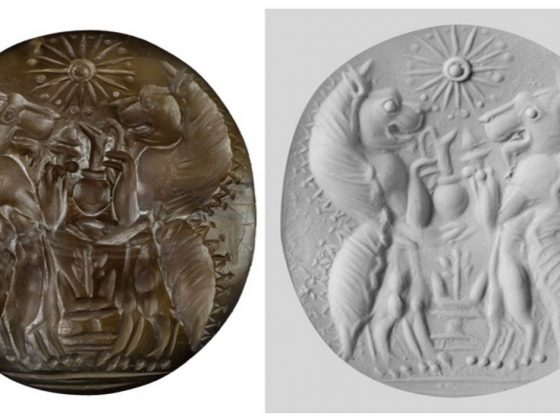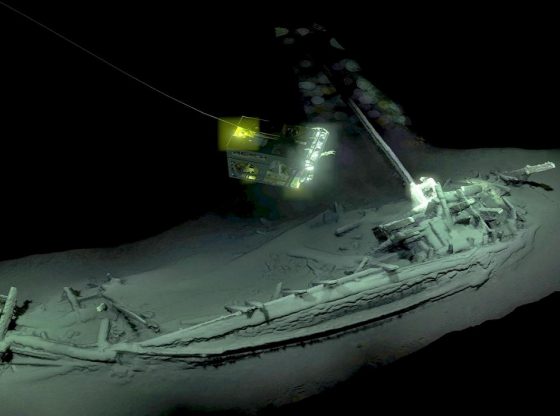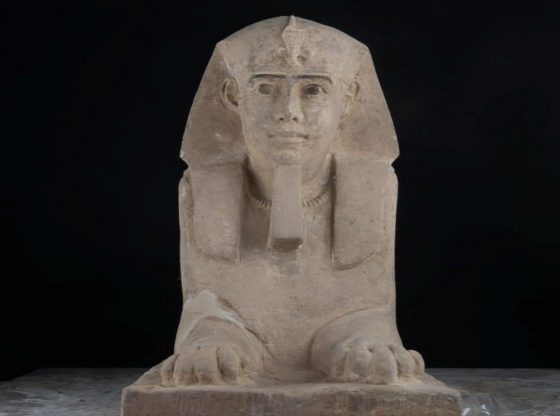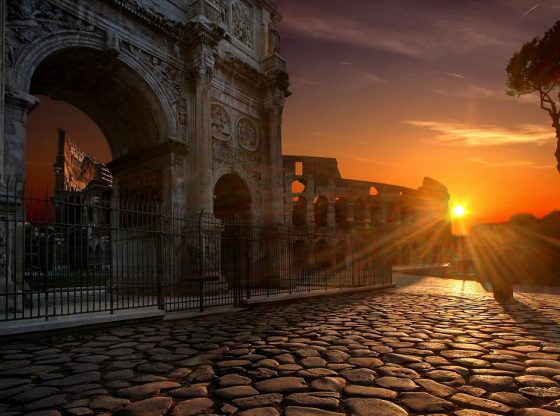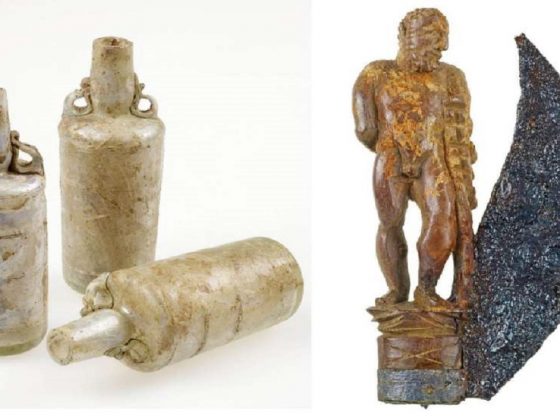A mythical third wall of Jerusalem has long been a mystery to science. It has remained elusive with only limited archaeological findings. But now, archaeologists have finally made a breakthrough.
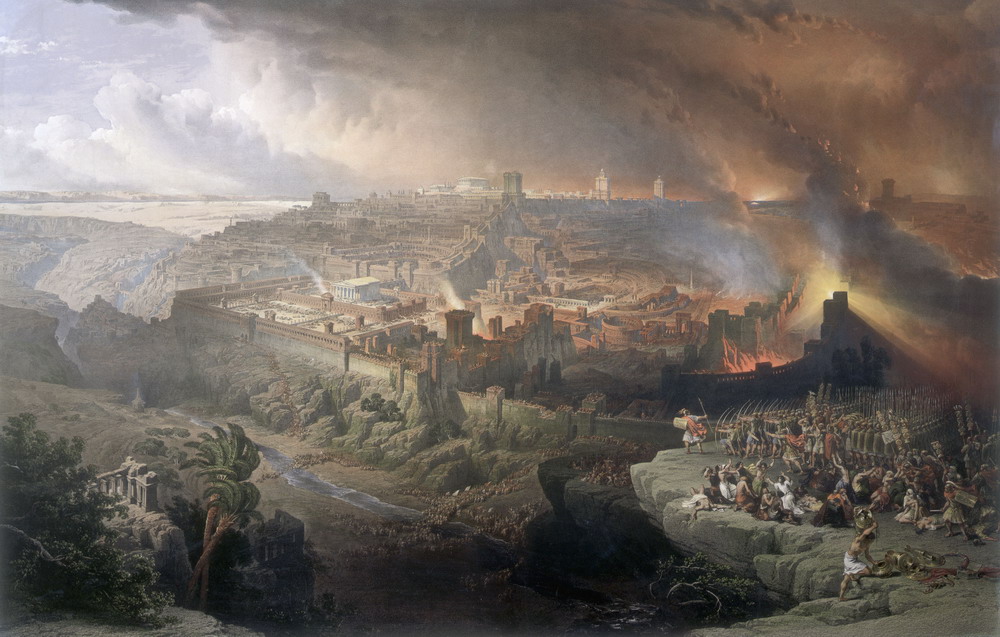
The First Jewish–Roman War
Agrippa the first was the ruler of Jerusalem in 40 CE and he initiated the construction of a huge wall that would protect Jerusalem. The city then already had two defensive walls and this new wall thus became to be known as the “third wall”.
It took almost twenty years to complete the wall, but all efforts were in vain. Agrippa was a puppet ruler under Rome, appointed by Caligula in 37 CE as king of the territories of Gaulanitis, Auranitis, Batanaea, and Trachonitis.
Agrippa I had a son, Herod Agrippa II, who was kept in Rome and educated at the court of emperor Claudius. He later became client ruler of Judea under Rome, but real power lay with the roman procurators.
With the death of Agrippa I in 44 CE, he was succeeded by Roman several appointed procurators of Judea; Cuspius Fadus ( 44–46 CE.), Tiberius Julius Alexander (46–48 CE), Ventidius Cumanus (48-52 CE), Antonius Felix (52-58 CE), Porcius Festus (59 to 62 CE), Lucceius Albinus (62-64 CE) and finally Gessius Florus (64-66 CE).
The situation and tension gradually worsened during the reign of the above Roman procurators, Gessius Florus further angered the Jewish population by having seventeen talents removed from the treasury of the Temple in Jerusalem, claiming the money was for the Emperor.
The First Jewish–Roman War, sometimes called The Great Revolt took place between 66 and 73 CE. Originating in the Roman and Jewish ethnic tensions, the crisis escalated due to anti-taxation protests and attacks upon Roman citizens and Florus incompetent rule.
Following Florus plundering the Jewish Temple and the civil unrest that ensued, a roman raid was launched on the city, arresting numerous senior Jewish figures. This prompted a wider, large-scale rebellion and the Roman military garrison of Judea was quickly overrun by the rebels, while the pro-Roman king Agrippa II, together with Roman officials, fled Jerusalem.
By 70 CE, the city failed to defend against the Romans. Under general Titus leadership, the Romans forced the wall and leveled both it and large parts of Jerusalem to the ground.
The first concrete evidence
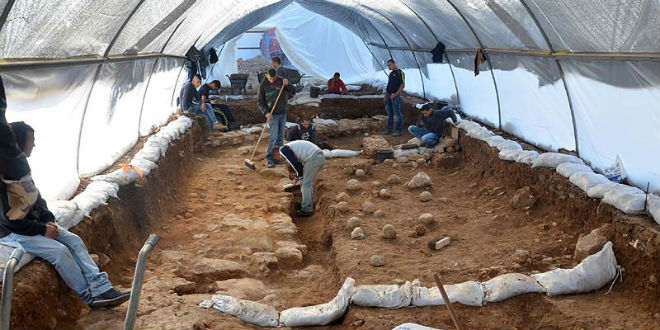
Historians and archaeologists have for years discussed the details of the battle and position of the wall. But now new findings provides clues to this mystery.
As archaeologists have found the structural remains of a tower that stood on top of Jerusalem’s fabled third wall.
The discovery is almost two meters wide and it is the first concrete evidence that the third wall actually existed.
In the vicinity of the wall, archaeologists also found Roman potsherds and over 70 projectile stones which the Romans used to attack the Jewish defenders.
Testimonies of intensive bombardment
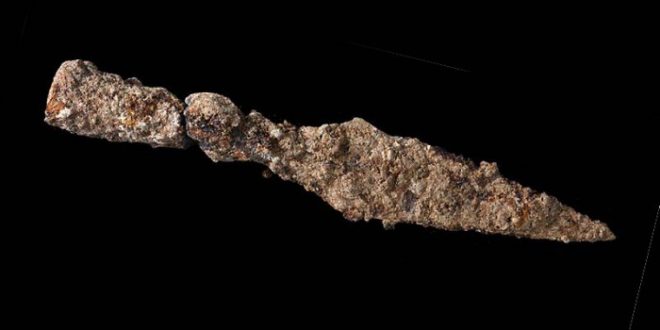
Excavation leaders Rina Avner and Kfir Arbib from the Israeli authorities call the find of the wall tower a breakthrough.
It is “a fascinating testimony of the intensive bombardment by the Roman army”, led by Titus, on their way to conquering the city and destroying the Second Temple, they said in a statement.
“The bombardment was intended to attack the sentries guarding the wall and provide cover for the Roman forces so they could approach the wall with battering rams and thereby breach the city’s defenses.”
“All these findings allow us to conclude that we finally found a part of the wall forced by the Romans when conquering Jerusalem,”
These archaeological findings confirm what was described by the Jewish historian Josephus in his account in the Jewish War, which he witnessed as an aide-de-camp to the emperor Vespasian’s son Titus. Herod Agrippa II would support Roman emperor Vespasian, showing that, although a Jew in religion, he was entirely devoted to the Roman Empire.
The breach of the wall and the battle was also described by the Roman historian Dio Cassius, he writes how resistance continued after the Romans used battering rams to broke through.
Siege of Jerusalem
Roman historian Dio Cassius account of the siege and subsequent sacking, provided a detailed description of Jerusalem’s walls and defenses, not least the third wall to the north, which was considered Jerusalem’s weak point.
Here follow the accounts of Titus’ Siege of Jerusalem as described by Cassius in Epitome of Book LXV:
Titus, who had been assigned to the war against the Jews, undertook to win them over by certain representations and promises; but, as they would not yield, he now proceeded to wage war upon them. The first battles he fought were indecisive; then he got the upper hand and proceeded to besiege Jerusalem. This city had three walls, including the one that surrounded the temple.
The Romans, accordingly, heaped up mounds against the outer wall, brought up painter engines, joined battle with all who sallied forth to fight and repulsed them, and with their slings and arrows kept back all the defenders of the wall; for they had many slingers and bowmen that had been sent by some of the barbarian kings.
The Jews also were assisted by many of their countrymen from the region round about and by many who professed the same religion, not only from the Roman empire but also from beyond the Euphrates; and these, also, kept hurling missiles and stones with no little force on account of their higher position, some being flung by the hand and some hurled by means of engines. They also made sallies both night and day, whenever occasion offered, set fire to the siege engines, slew many of their assailants, and undermined the Romans’ mounds by removing the earth through tunnels driven under the wall.
In the course of these operations many on both sides were wounded and killed. Titus himself was struck on the left shoulder by a stone, and as a result of this accident that arm was always weaker. 2 In time, however, the Romans scaled the outside wall, and then, pitching their camp between this and the second circuit, proceeded to assault the latter. But here they found the conditions of fighting different; for now that all the besieged had retired behind the second wall, its defence proved an easier matter because its circuit was shorter. 3 Titus therefore once more made a proclamation offering them immunity. But even then they held out, and those of them that were taken captive or deserted kept secretly destroying the Romans’ water supply and slaying any troops that they could isolate and cut off from the rest; hence Titus would no longer receive any Jewish deserters.
Though a breach was made in the wall by means of engines, nevertheless, the capture of the place did not immediately follow even then. On the contrary, the defenders killed great numbers that tried to crowd through the opening, and they also set fire to some of the buildings near by, hoping thus to check the further progress of the Romans, even though they should gain possession of the wall. In this way they not only damaged the wall but at the same time unintentionally burned down the barrier around the sacred precinct, so that the entrance to the temple was now laid open to the Romans.
Thus was Jerusalem destroyed on the very day of Saturn, the day which even now the Jews reverence most. From that time forth it was ordered that the Jews who continued to observe their ancestral customs should pay an annual tribute of two denarii to Jupiter Capitolinus. In consequence of this success both generals received the title of imperator, but neither got that of Judaïcus, although all the other honours that were fitting on the occasion of so magnificent a victory, including triumphal arches, were voted to them.
Of significance today still
The first remnants of the third wall were first discovered by accident in the 1920s, but being far from conclusive, it fueled a long debate over the wall’s course and where the Romans entered. A debate now settled.
The sacking of Jerusalem took place 2,000 years ago, but continues to have profound significance today, since the Second Temple was completely destroyed, the site where it once stood was underlined in recent days, fierce row over a Unesco resolution which Israel complains had excised Jewish links to the place where the Second Temple probably once stood.
Unesco’s draft resolution, titled Occupied Palestine, uses only the Islamic name for a hilltop compound sacred to both Jews and Muslims, which includes the Western Wall, and the remnant of the biblical temple and the holiest site where Jews can pray.
Reference:
Cassius Dio: Epitome of Book LXV
Israel Antiquities Authority: From Here the Romans Breached Jerusalem’s City Wall 2,000 Years Ago

